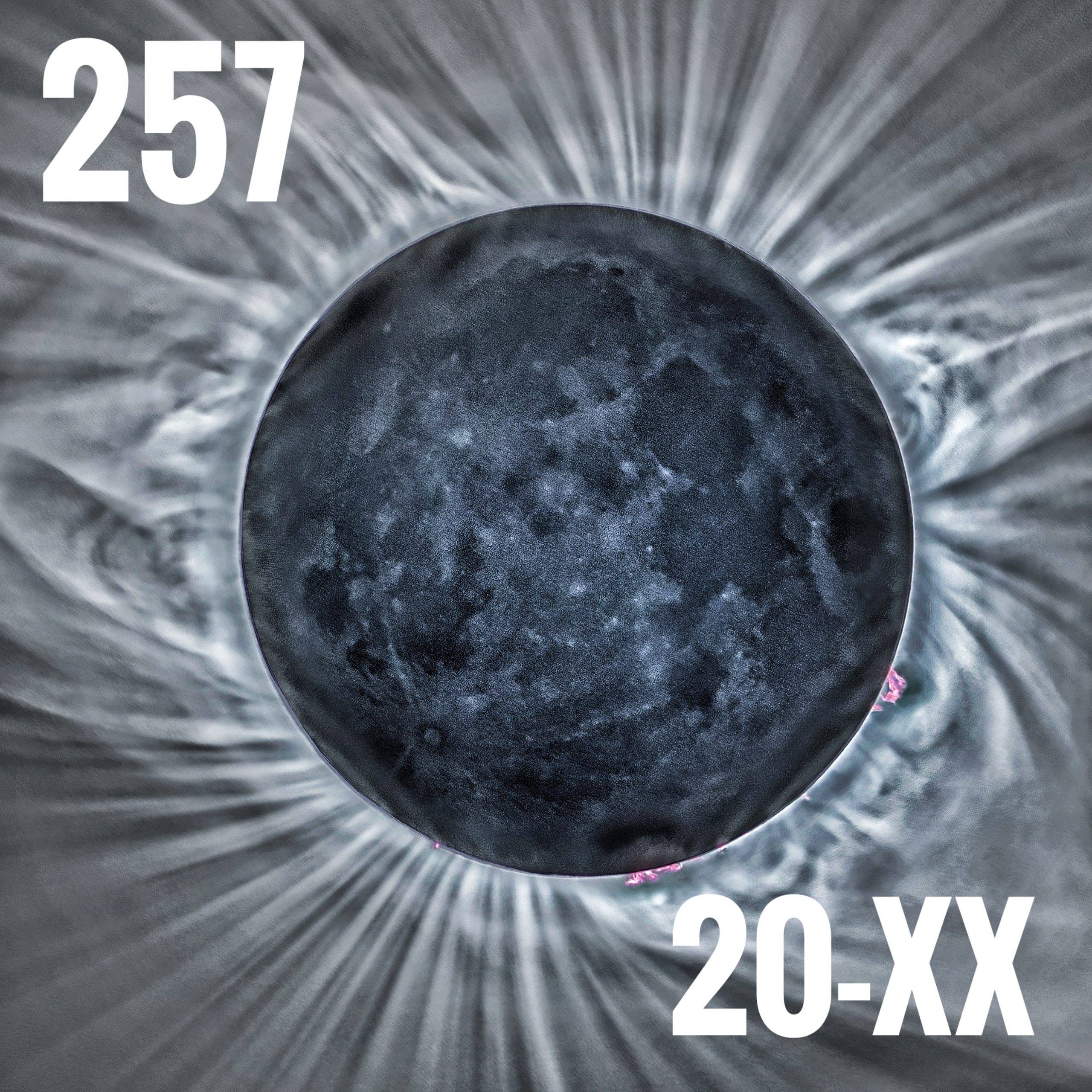20th Century. 20th Adaptability's. 20th Determination.
Abstract
The twentieth century bore witness to an array of remarkable celestial events, with some of the most notable ones being solar and lunar eclipses. This paper provides an in-depth analysis of twenty significant eclipse moments that occurred during the 1900s, examining their impact on scientific understanding, technological advancements, and public awareness of astronomical phenomena. By evaluating the historical context and scientific discoveries associated with these events, we aim to provide a comprehensive overview of how eclipses in the twentieth century contributed to the development of modern astronomy and related disciplines.1. Introduction
The twentieth century marked a time of rapid scientific progress and technological innovation, yielding numerous breakthroughs in astronomy, space exploration, and related fields. Among the various celestial phenomena observed during this era, solar and lunar eclipses emerged as some of the most captivating events. Eclipses have long fascinated humanity and have served as catalysts for scientific inquiry and discovery (Espenak, 2000).2. Solar Eclipses of the Twentieth Century
Researchers have thoroughly investigated ten solar eclipses that took place during the twentieth century, highlighting the scientific achievements, technological advancements, and public interest associated with each event. Some notable examples include:- The 1919 total solar eclipse, provided crucial evidence supporting Einstein's Theory of General Relativity (Dyson, Eddington, & Davidson, 1920). This groundbreaking observation confirmed the bending of light by massive objects, validating Einstein's predictions and revolutionizing our understanding of gravity.
- The 1973 total solar eclipse, during which scientists observed solar flares and coronal mass ejections using advanced imaging techniques (Hirzberger, Vázquez, & Bonet, 1999). These observations allowed for the study of the Sun's magnetic fields and the mechanisms behind the solar activity, contributing to the field of heliophysics.
- The 1999 total solar eclipse, marked the last total solar eclipse of the millennium and sparked widespread public interest in astronomy (Espenak & Anderson, 1999). This event, observable across Europe and Asia, led to a surge in eclipse-related research and education initiatives.
3. Lunar Eclipses of the Twentieth Century
Scholars have analyzed ten lunar eclipses that occurred in the twentieth century, discussing their scientific and cultural significance. Among the events covered are:- The 1928 total lunar eclipse, enabled researchers to study the Moon's atmosphere and develop theories about its composition (Strömgren, 1929). This research led to a better understanding of the lunar surface, paving the way for future lunar exploration missions.
- The 1960 total lunar eclipse, which millions around the world observed, increased public awareness of astronomical phenomena (Wilkins & Moore, 1961). This event coincided with the space race, fueling interest in space exploration and fostering a generation of amateur astronomers.
- The 1982 total lunar eclipse, coincided with a rare planetary alignment, providing valuable data for researchers studying celestial mechanics (Morrison & Appleton, 1981). Observations of this event allowed scientists to refine models of planetary orbits and contributed to our understanding of the dynamics of the solar system.
4. Impact on Science and Technology
Eclipse events during the twentieth century contributed to the development of scientific understanding and technological innovations, including advancements in telescope design, imaging technology, and computer modeling (Hoskin, 1999). International scientific collaborations played a crucial role in eclipse research, fostering a global community of astronomers and researchers (Russo, 2004).5. Public Interest and Awareness
Public fascination with eclipses during the twentieth century inspired a new generation of astronomers and space enthusiasts (Espenak, 1996). Media coverage, educational programs, and public outreach initiatives fostered an enduring public fascination with the wonders of the universe (Hoskin, 1999).6. Conclusion
The study of solar and lunar eclipses during the twentieth century has significantly advanced our understanding of the cosmos and the underlying physical processes at play. The historical context and scientific discoveries associated with these events have not only shaped the course of modern astronomy but have also fostered an enduring public fascination with the wonders of the universe.References
- Dyson, F. W., Eddington, A. S., & Davidson, C. (1920). A Determination of the Deflection of Light by the Sun's Gravitational Field, from Observations Made at the Total Eclipse of May 29, 1919. Philosophical Transactions of the Royal Society of London. Series A, Containing Papers of a Mathematical or Physical Character, 220, 291-333.
